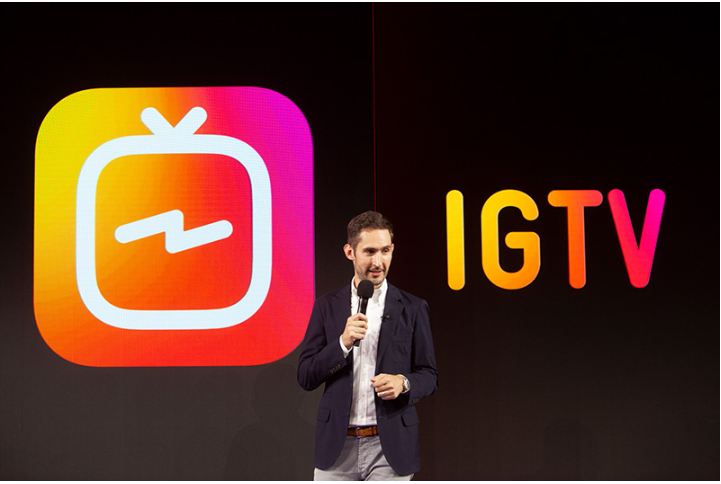Social media is moving fast. And not just for individuals but also for institutions using social for organic content, influencer activity, and paid advertising.
We know you're short on time so here's a quick round-up of the changes coming through this summer to the platforms you use most.
#1 Instagram likes removal
Instagram has been porting users over to a version which only displays 'likes' for the owners of posts. This has reached Australia, Brazil, Canada, Ireland, Italy, Japan, and New Zealand with further testing likely to mean more regions see the removal of 'likes' soon.
The likes count undoubtedly provides a signal to people scrolling at pace through Instagram. Without it the only social proof users can rely on is the comments section.
Commenting is, therefore, going to become more prominent in the face of this change and strategies and ideas to generate discussions in your university posts will be more important than ever before.
Earlier in the year, we highlighted seven of the best university Instagram feeds. We will be keeping an eye on how they tailor their content to embrace this new feature.
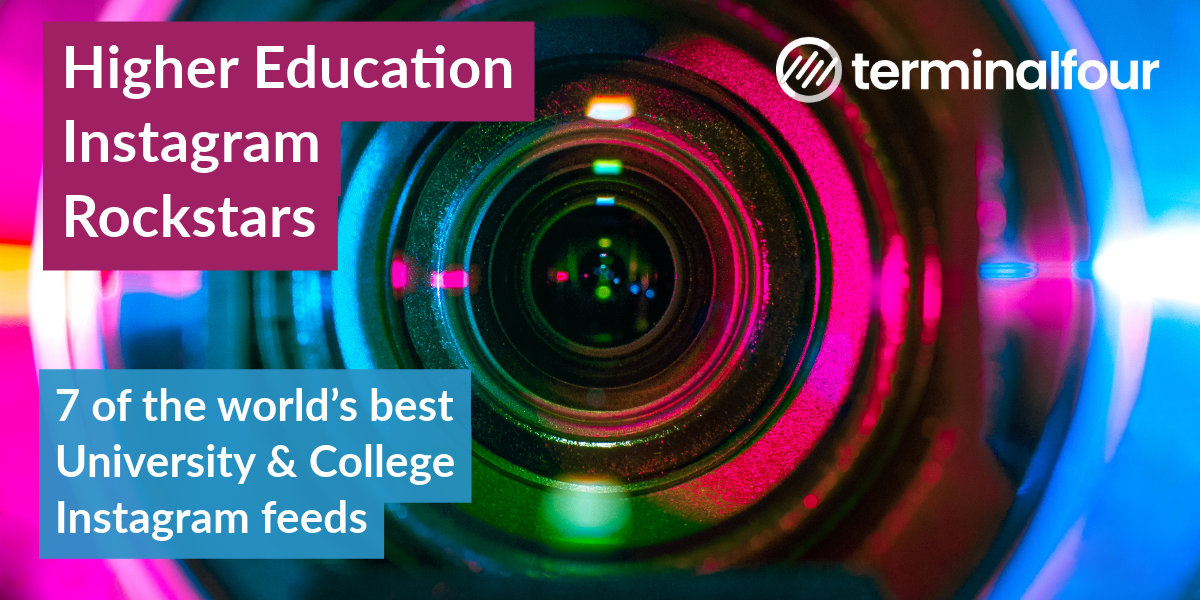
#2 Facebook and Instagram clear history
Facebook announced this summer that the clear history tool could have an impact on how effectively advertisers are able to reach audiences as an individual's history clearing could affect ad targeting in the future.
Institutions can keep taking advantage of re-targeting opportunities through Instagram Ads for now, but be prepared to use other strategies from the later part of this year as the clear history feature update could knock your institution's re-targeting strategies for six.
#3 IGTV welcomes horizontal video
Previously Instagram's IGTV only supported vertical video which took over a user's entire device, but now horizontal footage can be used on IGTV too.
This opens up options for how university videos are shot with horizontal videos being shown full-screen when users turn their phones sideways while watching in IGTV's standalone app.
#4 Instagram chat stickers
Here's how they work. Users add the 'chat' sticker to their story, which invites followers to request to join the new group chat based on that story. When users click they can request to join the group and the post manager can approve the requests.
Instagram is positioning this as a way to start a large scale group chat for people talking about something in common. But it does need careful co-ordination and may be best suited to smaller segmented audiences such as reaching this year's new student intake on a faculty by faculty basis or for different areas of interest.
#5 Instagram ad placements in the explore section
When users browse the 'explore section' on Instagram they can see a feed of posts compiled by Instagram. This is often used to discover new brands or to select some accounts to follow.
But soon, the institution's ads will be able to appear here as well as in the normal feed - another useful area to capture attention.
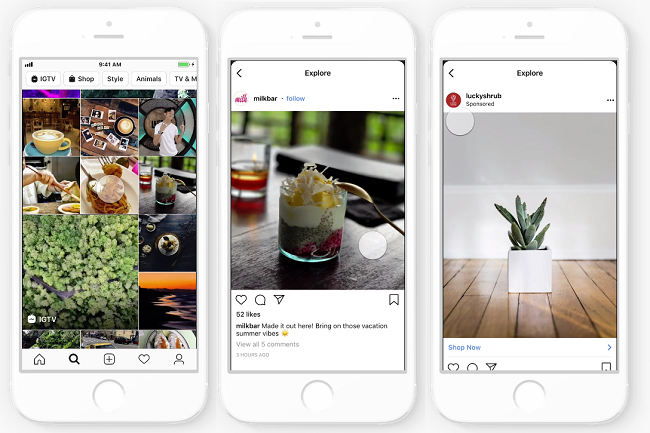
#6 Target top fans on Facebook
For institutions with over 10,000 followers on Facebook, a new feature makes it possible to target posts at those who engage most with your content (classed by Facebook as 'top fans').
This top fan feature could be a good way to run a targeted campaign to encourage loyal influencers to support the institution with further initiatives or to reach alumni with a strong affiliation for the university.
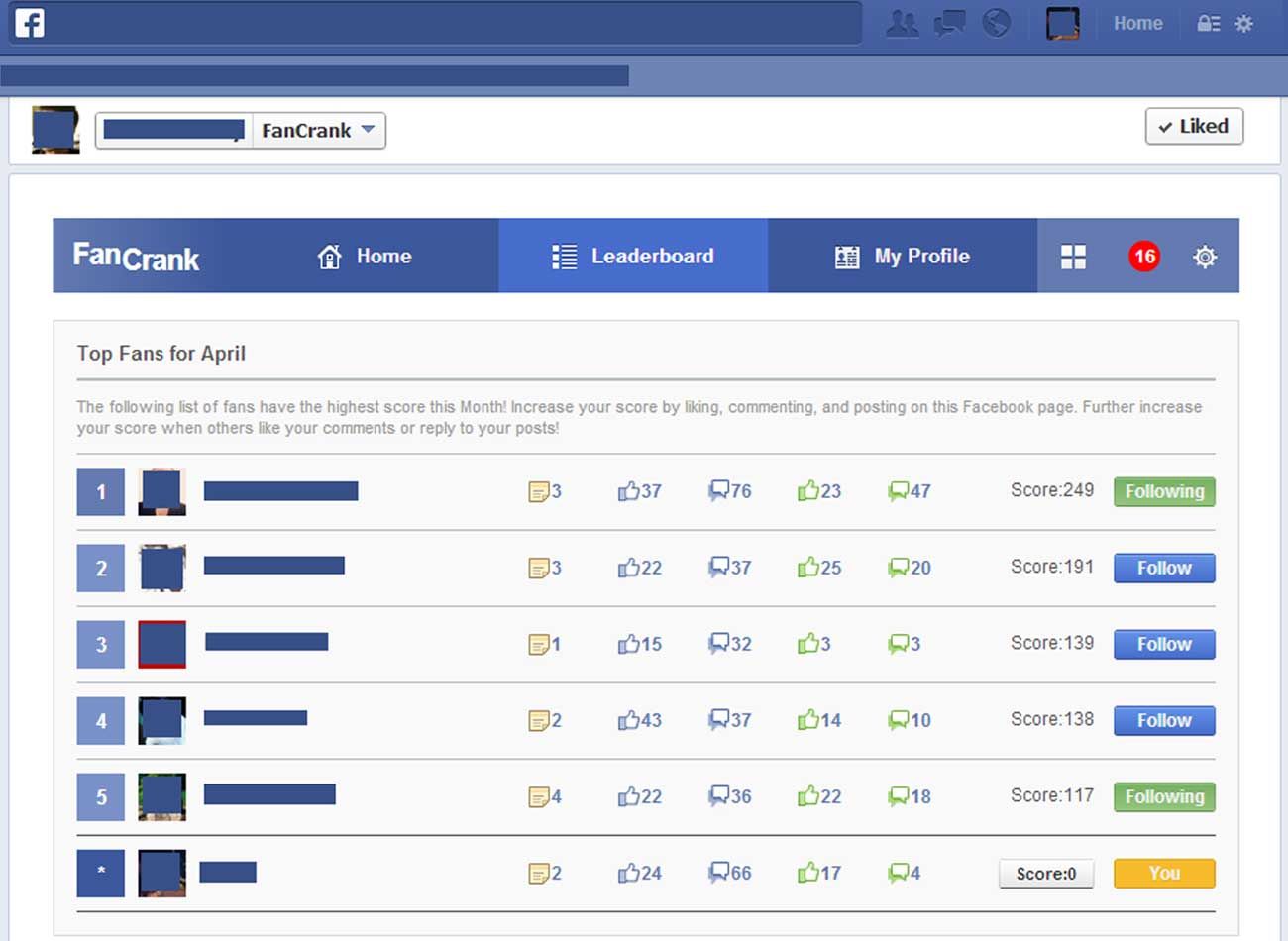
#7 Twitter brings in new posting rules
Twitter is tightening up on automated tweeting and re-posting activity this year to try and improve engagement levels and to cut down on the noise from repeat posts.
Institutions should be mindful of the new rules which clamp down on posting the same tweets to multiple accounts and scheduling multiple posts of the same message to go out through the day or over a series of days.
#8 Linkedin Live and Interest Targeting
Back in the spring, we brought you an article about Linkedin Live. Since then the platform has been focusing on raising the power of its targeting options.

People are spending more time in their news feed engaging with content and joining conversations they are interested in, and these can now be leveraged by targeting campaigns based on 'interest categories'.
Complementing this feature, Linkedin has created a larger dataset to work with. They've done this by merging Linkedin and Bing data and it will give institutions a larger audience and enhanced targeting options.
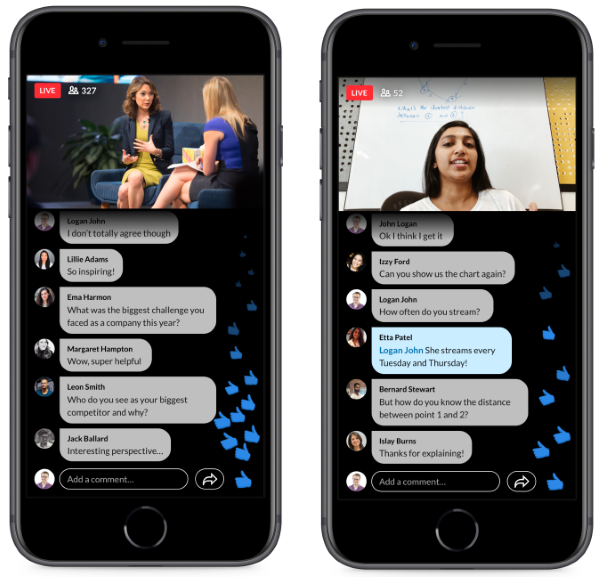
Social media is changing in 2019
2018 was a huge year in terms of social media change. Facebook updated its algorithm to prioritize posts from friends and family, Mark Zuckerberg met with Congress in the face of the Cambridge Analytica scandal, GDPR came into play, Instagram launched IGTV and then made posts shoppable.
2019 has certainly, and thankfully, been less eventful. But social media is still changing, and it's not necessarily for the better from the perspective of university marketing teams.
Facebook, Instagram, Twitter, and Linkedin are all in the process of re-calibrating their platforms to raise engagement, improve the user experience and generate real interactions. In some cases, this means more features but in other areas, it means more restrictions are coming into play.
We'll continue to keep you updated with the latest social media trends and changes over the coming months to inform your institution's digital marketing.
In the meantime, keep a lookout for our latest Digital Marketing and Web Survey Report launching soon, which is packed with insights on paid and organic social media activity directly from the higher education community.

:format()//media/Top-8-social-media-updates-your-university-canât-afford-to-miss-this-summer_RQ.png)
